|
Between chasing supplies for the next online embroidery course, trying them out and processing fruit and vegetables for winter storage, I managed to finish Royal Garden by Debbie Rowley. This was originally a SAL organised by FiberTalk to promote counted canvas/needlepoint. As this is a technique not taught by the Royal School of Needlework, I was curious to try it out (NOTE: the RSN does teach canvaswork/needlepoint, but either as a shaded version using tent stitch or as a free-er version using traditional canvas stitches mainly based on satin stitch). The technique is quite popular in the US, but virtually unknown in Europe. Designs make extensive use of speciality threads. The technique is well-suited for beginners as long as the instructions are clear. As noted in my previous blog post on the project, the instructions contain a number of mistakes. Some more serious than others. I spotted one additional mistake when finishing the project. Page 41: "Begin with the silk/metallic braid, and stitch as shown in Diagram 56" (and not 55 as stated). Furthermore, the numbering in some of the diagrams is rather difficult to read as they are placed on top of each other or other elements in the drawing. As with previous parts of the design, I decided to make some changes. For the life of me, I could not execute a Chilly Hollow stitch with the threads specified. The rayon cord (Rainbow Gallery Panache) was so slippery that in order to maintain tension, I distorted the canvas and broke the centre foundation stitches. I decided to opt for simple satin stitches mimicking the shape of a Chilly Hollow stitch. Unfortunately, I had run out of the correct colour Rainbow Gallery silk lame braid. That was a major annoyance. In my opinion, kits should contain enough material so that occasional ´backwards stitching` is covered. Luckily, I had some leftover silk lame braid in a slightly different colour. In the middle, I stitched a bead on a silver-plated spangle for some added interest. Whilst I enjoyed the first part of Royal Garden (centre part, before adding the lilac crescents with a tail with the yellow teardrops), I did not particularly like stitching the rest of the design. I think some colours do not work so well with the middle part of the design. Especially the Sword Amadeus in DMC #320 are an odd choice. The colour does not really harmonise with the rest. One wonders if DMC changed the colour between when the design was created and me stitching it.
Is counted needlepoint for me? Not really. Although I liked learning new stitches, I did not like working with threads that are, if you are honest, not suitable for the job. Most of the speciality threads are made of artificial fibres. Some need ironing to get the wrinkles out or glue to stay put. That's not my cup of tea. My other problem is that most of these threads, whilst some are even made in Europe, must be ordered from the US. This makes counted needlepoint for me more expensive than goldwork embroidery. Personally, I also missed further instructional videos by Debbie Rowley or FiberTalk. It would have been nice to keep the SAL going and finish the project together. Has anybody else stitched Royal Garden? What were your experiences? Please leave a comment below!
10 Comments
Organising the Imperial Goldwork Course during the lock-down posed a real challenge. I couldn't send out course materials due to international mail not going out. I needed to invest in a high-spec webcam and software at a time when our household income was low due to the pandemic. Teaching live on Zoom for an international crowd in which often three languages were spoken, was new for me too. But I tremendously enjoyed sharing my knowledge and skills. And I learned a lot. Which changed the way I will do similar things in the future. As my husband lost 40% of his already meagre income at the start of the lock-down, I was very aware of the struggle many people were in. Especially those who do not live in a welfare state like Germany. That's why I came up with a donation payment structure for the course. The idea is that people with disposable income donate when they take the course and those who lost (part) of their income can join for free. As the warmth and the solidarity of the embroidery community is so often praised, it should not have been a problem for me to draw an income from my efforts. But it was and still is. Of the 108 stitchers who have taken the course to date, 30 made a donation. Donations range from €10 to €265, with an average of €59. Producing each lesson and supporting students via email took me to date about 3,5 days per lesson. If we subtract the cost for the webcam and the software, I am left with €484. If we divide this by the working hours I invested, I worked for €2,16 per hour before taxes. As most people took the course during or immediately after the live zoom classes, I sent out a survey to those who downloaded the PDF-handouts. After all, I wanted to learn from my mistakes. And I thank all who took the trouble to respond and provide me with valuable feedback. One of the questions asked why people did or did not pay for the course. And the replies where illuminating. Reasons for not paying in order of their frequency: 1) others don't pay so why should I?, 2) when I cannot attend (all) of the live zoom classes and need to watch (some of) the recordings, I am not really participating in the course so I do not need to pay and 3) only wanted to see how you do it so that I can use your format for my own offerings/report format back to my organisation. From the above, it becomes clear that the donation payment structure does not work. Thanks to Social Media, I could watch people, who took my course without paying, showing-off their latest buys and sign-ups for embroidery courses. I will thus not use this payment structure again. For all future courses, I will make a proper costing. If you want to take the course, that is what you will need to pay. I am aware that some will probably not be able to afford my future courses. However, if all 108 students, who have taken the course so far, would each have donated €32,64, I would have earned the German legal minimum wage of €10 per hour. That's for a person without qualifications and experience, by the way. Before the pandemic, but certainly now during the pandemic, some colleagues and stitchers have started to 'shop' for ideas from my blog, Instagram and YouTube channel. Thank you to those of you who have warned me. I had seen it with my own eyes too. As you probably have noticed, I am posting very sparingly on Instagram and I am not sure if I will make more FlossTube videos. I am also struggling with how much detail to post on my blog. It is a real dilemma. On the one hand, I need to be engaging so that I keep myself in the picture and sell my products and services. But on the other hand, it is soul-destroying to see others turn your ideas into blockbusters.
My academic background and language skills should give me an edge over many of my colleagues. But this only works if the potential costumers are able to distinguish the difference in quality. But fake news and alternative facts show that increasingly people are unable to do so. Quality news outlets suffer and so do quality embroidery tutors. I took the course off-line on the 31st of December 2021. Although the course was still regularly downloaded, I only received two donations during 2021. As explained above, the donation model sadly does not work. Saint John and his identical twin: mass production of goldwork orphreys in the late-medieval period7/9/2020
Last year I visited the Dommuseum in Fulda and was struck by a particular goldwork orphrey. It sported a beautiful rendition of Saint John in or nue with a rather unusual background. Not one of these typical golden backgrounds with architectural features and a cloth of gold in diaper couching. Nope. His background consisted of blue silk satin stitches with some basic architectural features and less gold. What was going on here? There wasn't much information displayed in general in this museum and the information on Saint John was even more basic. But this wasn't the end of the story. Those who have watched my latest FlossTube with the Acupictrix video on Vimeo, already know that I found Saint John's identical twin in a book on the Frankfurter Domschatz. But that's not all. Here comes the rest of the story.
The chasuble that sports the identical twin of Saint John in the Frankfurter Domschatz is part of a set consisting of one chasuble and two dalmatics. The cope, which would have made the set complete, is missing. Although the set is now housed in Frankfurt, it probably originated in a church in 's-Hertogenbosch in the Netherlands. Below the orphrey with Saint John are the names 'Merten' and 'Drutgen' stitched. The beneficiaries of this set of vestments. Merchant and member of the city council, Merten Moench/Maarten Monicx and his wife Drutgin von der Groeven. Merten was born in 's-Hertogenbosch in the Netherlands, but his wife was from Cologne. She died in AD 1451 and he died in AD 1466. Maarten likely donated the vestment set in 1460 to a church in his hometown of 's-Hertogenbosch.
The chasuble is made of red velvet shot with goldthreads. It is one of these famous red velvets made in Florence, Italy sporting pomegranates. The orphreys on the front show: Paul, Peter and Mary Magdalene. The ones on the back show: God, Mary with child, John the Baptist and our Saint John. All of them sport high-quality or nue figures set in a golden architectural background with blue silk stitches with a similar tiled floor stitched in yellow, red and green silks. Whilst the figures look very Dutch, the backgrounds don't. The blue vaguely reminds of the 'Kölner Borte'. These were mass-produced woven orphreys that sometimes showed additional stitching for the details.
The two dalmatics are made of the same red velvet. But this time the orphreys are 'right'. High quality or nue figures sitting in a proper golden background so typical of the Dutch style.
What is going on here? We know from the historical records that the vestments were extensively restored in 1842/43 by the painter Edward Steinle and a parament maker and his two daughters from Cologne, with the help of another painter and conservator, Johann Anton Ramboux. It took them about a year to clean the vestments up and make them presentable again. They were paid 100 Taler for their work. That's about €4860 in today's money according to Google. I really hope they had additional income ... Anyway, although the vestments were extensively restored, the difference in backgrounds between the chasuble and the dalmatics is a medieval one and not the result of these restorations.
How does the single orphrey from Dommuseum Fulda fit into this story? As this orphrey has the same figure and background as the ones on the chasuble from Frankfurt, he is very likely part of the original set of vestments donated to the church in 's-Hertogenbosch. Beneath the original orphrey, another coat of arms is displayed. On the chasuble, the names of the beneficiaries are stitched beneath the orphrey of Saint John.
Looking closely at the figures on the chasuble, we see that they either look to the left or to the right. Furthermore, the orphreys are significantly wider than those on the dalmatics. This is a typical convention. Orphreys on a chasuble, but also on a cope, are wider than those on a dalmatic. The orphreys on a cope sit opposite each other at the front when the cope is being worn. The orphrey figures face each other: one faces to the right and the other faces to the left. This means that both the orphreys on the chasuble and the single orphrey from the Dommuseum Fulda were originally made for a cope. God would have sat opposite of Mary with child, Peter and Paul, Mary Magdalene and Saint John and John the Baptist is missing his partner in crime.
Now, this can mean several things:
1) Merten and his family were merchants with connections to the (Southern) Netherlands. They knew this type of goldwork embroidery well and valued it. Getting it from the Netherlands instead of opting for locally produced 'Kölner Borte' shows that these vestments were quite valuable and perfect to show off. 2) They were able to lay their hands on a number of loose orphreys and figures from the Netherlands and velvet from Italy. 3) These orphreys, figures and precious velvet were turned into vestments in Cologne by local craftsmen. These saw the 'complete' Dutch orphreys and worked orphrey backgrounds in a similar style, but with local influences to go with the loose Dutch figures. Names and coats of arms were added to make clear who bestowed these riches onto the church. 4) Orphreys intended to go onto a cope were instead applied to a chasuble. Or were they moved from a cope to the chasuble between AD 1460 and AD 1842/43? Does Saint John from the Dommuseum Fulda come from the original missing cope or copes? Or were so many figures bought at the same time and turned into 'Cologne-style' orphreys by the same workshop and then spread within Germany? Is the orphrey of Saint John in the Dommuseum Fulda the only remnant of a whole different set of vestments made in Cologne? One way of finding out is by identifying the coat of arms on the loose Saint John orphrey. I intend to write to both museums to ask if they know more. So exciting! I will keep you posted. Literature Fircks, Juliane von (2010): Serienproduktion im Medium mittelalterlicher Stickerei - Holzschnitte als Vorlagenmaterial für eine Gruppe mittelrheinischer Kaselkreuze des 15. Jahrhunderts. In: Uta-Christiane Bergemann, Annemarie Stauffer (Eds.): Reiche Bilder. Aspekte zur Produktion und Funktion von Stickereien im Spätmittelalter. Regensburg: Schnell & Steiner, pp. 65–82. Stolleis, K., 1992. Der Frankfurter Domschatz Band I Die Paramente. Kramer, Frankfurt. |
Want to keep up with my embroidery adventures? Sign up for my weekly Newsletter to get notified of new blogs, courses and workshops!
Liked my blog? Please consider making a donation or becoming a Patron so that I can keep up the good work and my blog ad-free!
Categories
All
Archives
July 2024
|
Contact: info(at)jessicagrimm.com
Copyright Dr Jessica M. Grimm - Mandlweg 3, 82488 Ettal, Deutschland - +49(0)8822 2782219 (Monday, Tuesday, Friday & Saturday 9.00-17.00 CET)
Impressum - Legal Notice - Datenschutzerklärung - Privacy Policy - Webshop ABG - Widerrufsrecht - Disclaimer
Copyright Dr Jessica M. Grimm - Mandlweg 3, 82488 Ettal, Deutschland - +49(0)8822 2782219 (Monday, Tuesday, Friday & Saturday 9.00-17.00 CET)
Impressum - Legal Notice - Datenschutzerklärung - Privacy Policy - Webshop ABG - Widerrufsrecht - Disclaimer

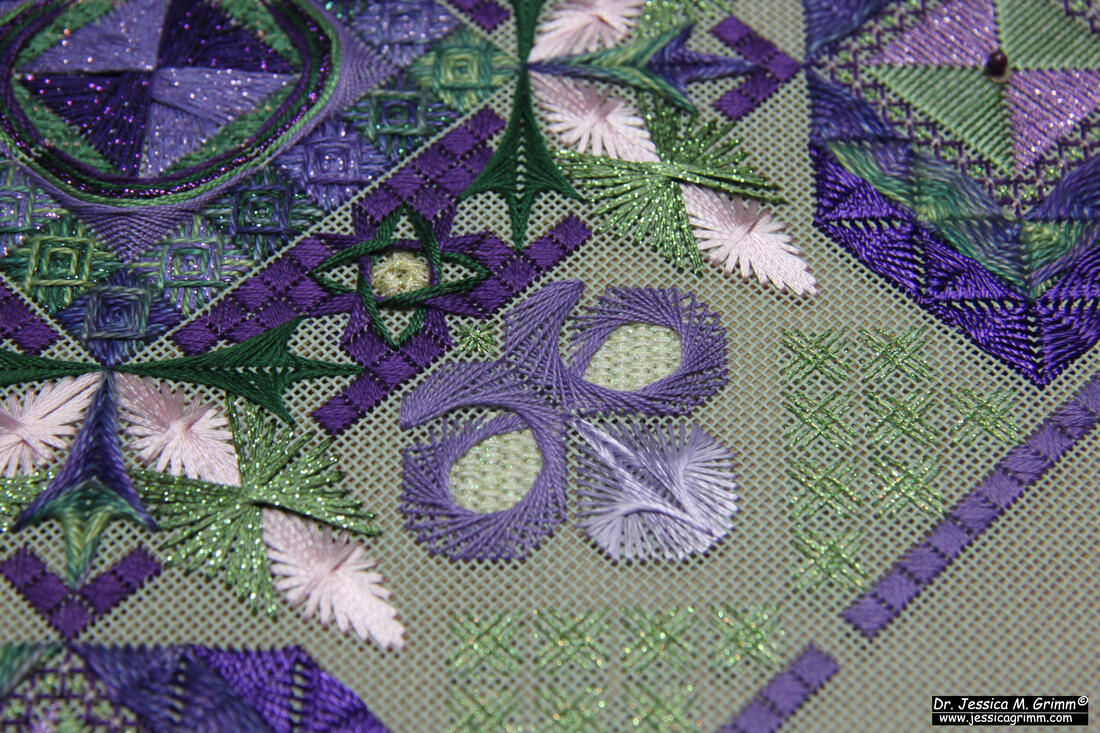
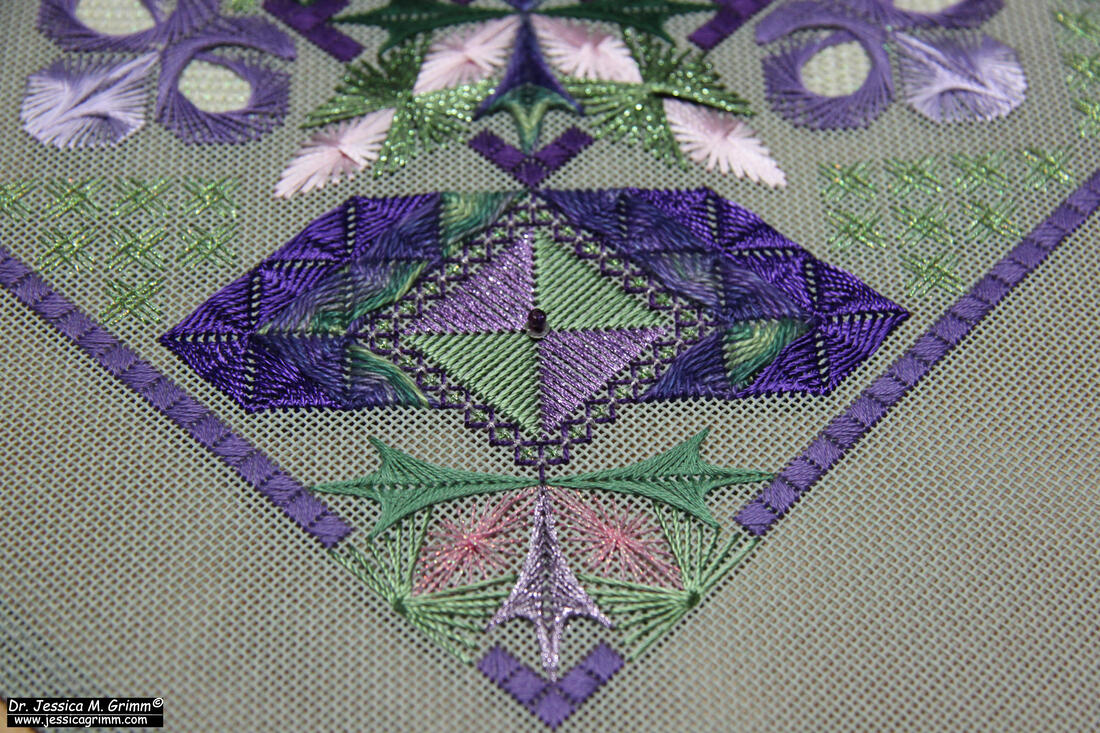
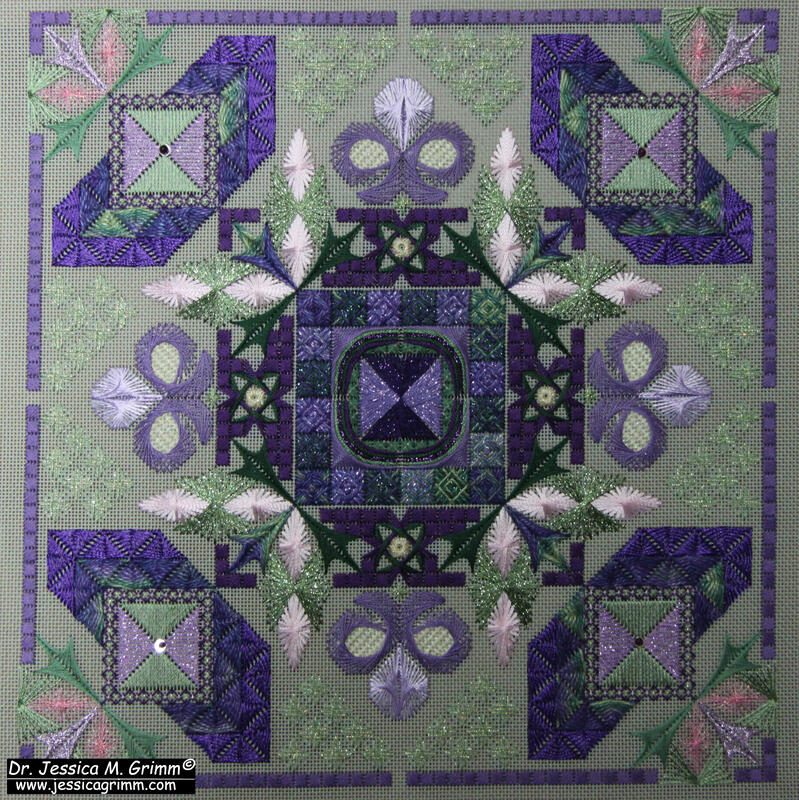
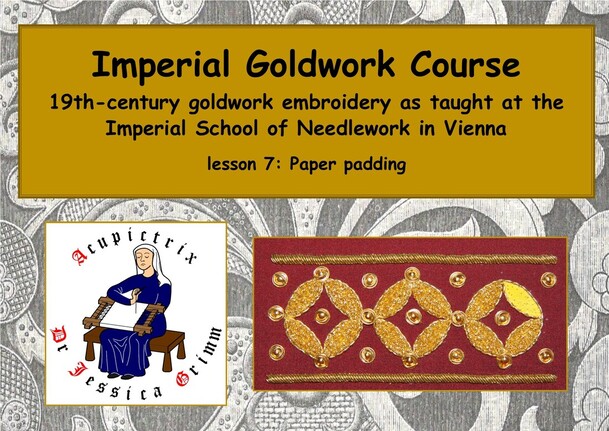
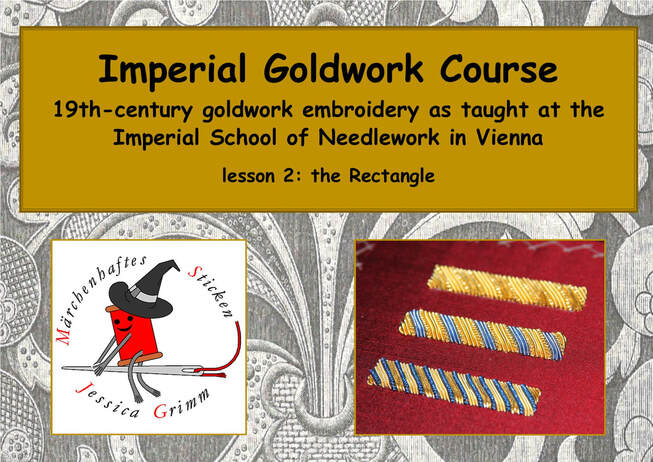
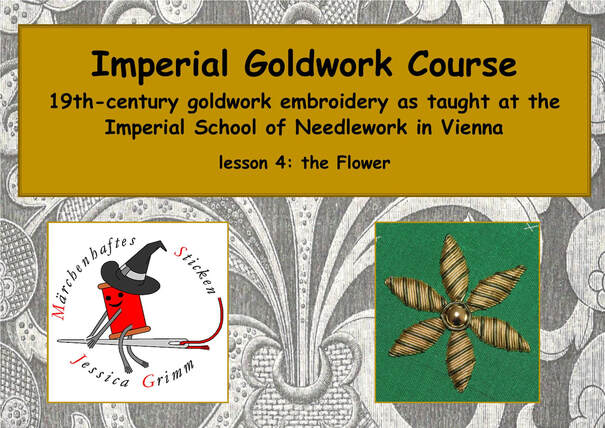
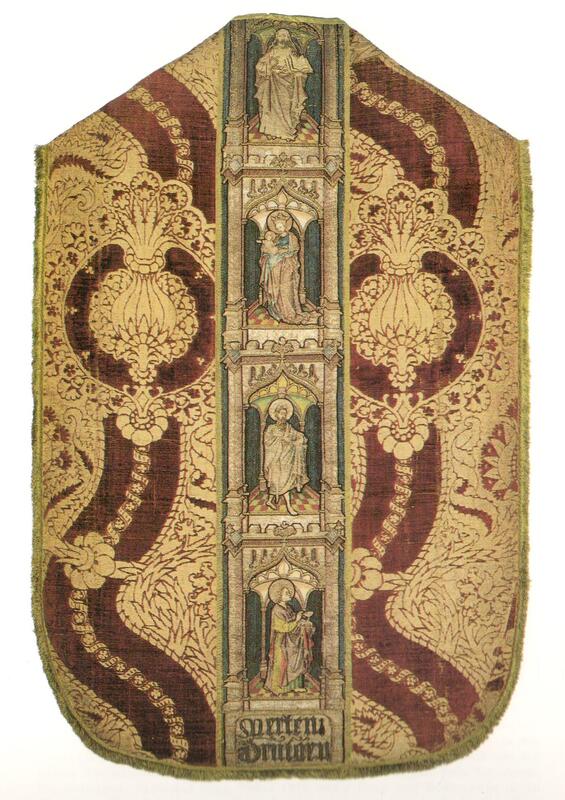
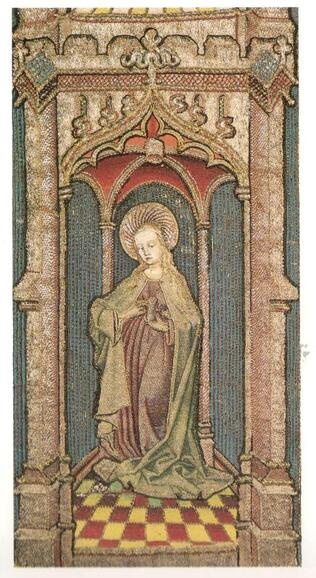
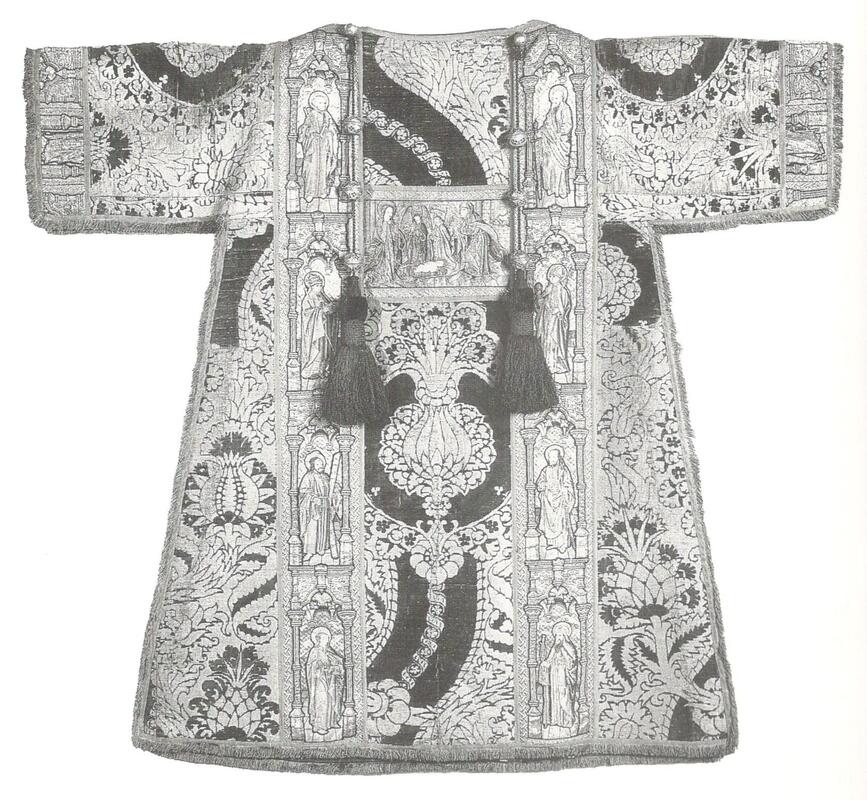
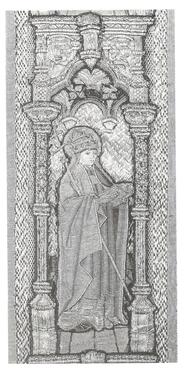
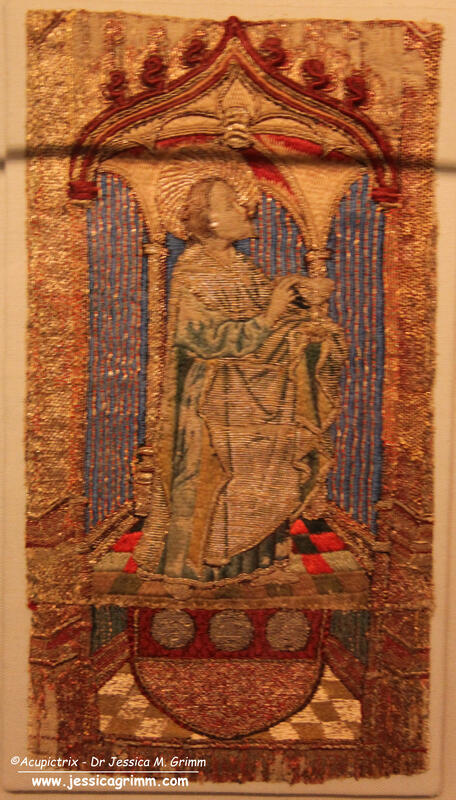
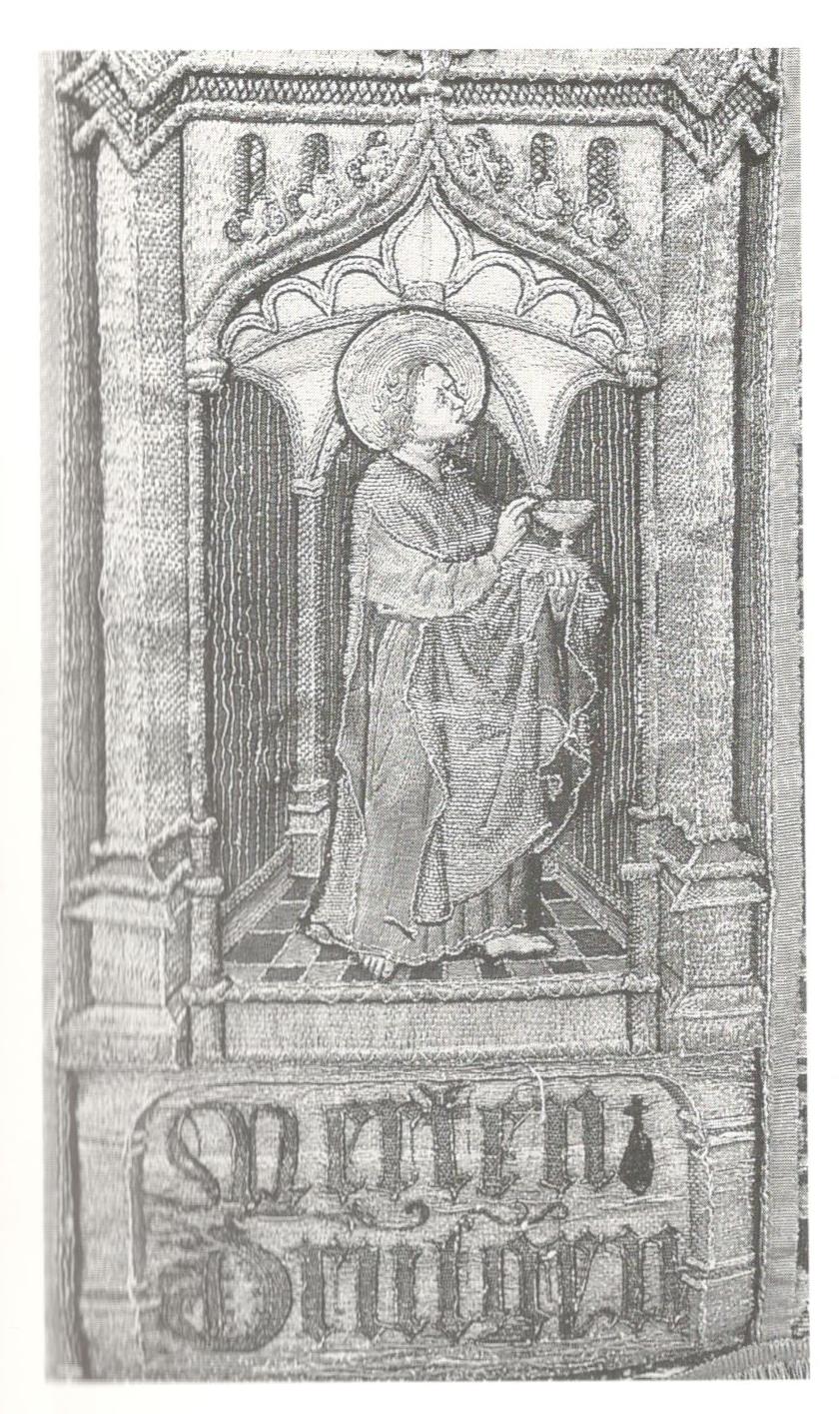
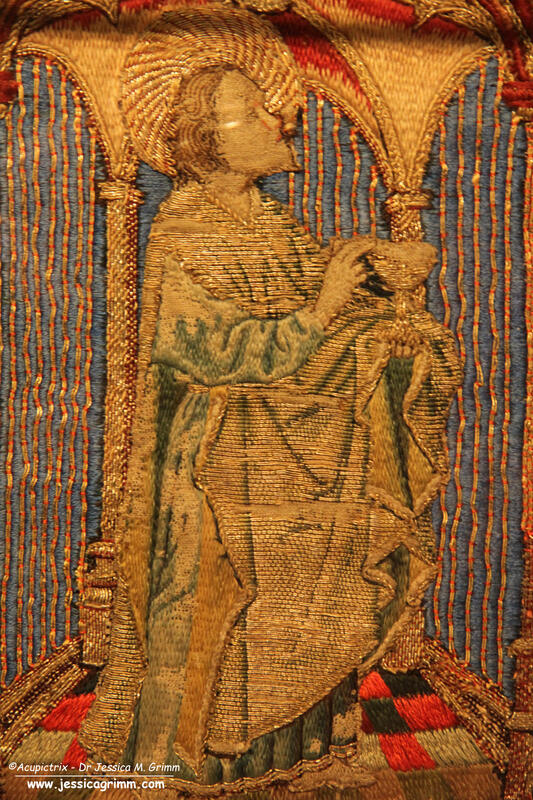





 RSS Feed
RSS Feed